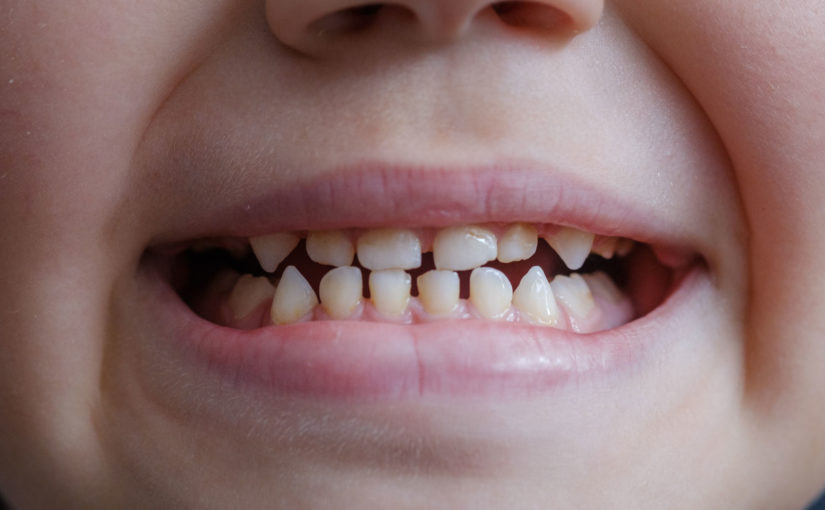Malocclusion of the teeth is a misalignment problem that can lead to serious oral health complications.
It’s also known as:
- crowded teeth
- crossbite
- overbite
- underbite
- open bite
The teeth won’t be able to perform vital functions if they’re misaligned. Learn more about this issue and how it may be treated, to protect your overall oral and digestive health.
What Causes Malocclusion?
Malocclusion is usually an inherited condition. This means it can be passed down from one generation to the next.
There are some conditions or habits that may change the shape and structure of the jaw. These include:
- cleft lip and palate
- frequent use of a pacifier after the age of 3
- prolonged use of bottle feeding in early childhood
- thumb sucking in early childhood
- injuries that result in the misalignment of the jaw
- tumors in the mouth or jaw
- abnormally shaped or impacted teeth
- poor dental care that results in improperly fitting dental fillings, crowns, or braces
- airway obstruction (mouth breathing), potentially caused by allergies or by enlarged adenoids or tonsils
Diagnosing and Classifying Malocclusions
Malocclusion of teeth is typically diagnosed through routine dental exams. Your dentist will examine your teeth and may perform dental X-rays to determine if your teeth are properly aligned. If malocclusion is detected, it will be classified by its type and severity. There are three major classes of malocclusion:
Class 1
Class 1 malocclusion is diagnosed when the upper teeth overlap the lower teeth. In this type of malocclusion, the bite is normal and the overlap is slight. Class 1 malocclusion is the most common classification of malocclusion.
Class 2
Class 2 malocclusion is diagnosed when a severe overbite is present. This condition, known as retrognathism (or retrognathia), means that the upper teeth and jaw significantly overlap the lower jaw and teeth.
Class 3
Class 3 malocclusion is also diagnosed when there’s a severe underbite. This condition, known as prognathism, means that the lower jaw protrudes forward. This causes the lower teeth to overlap the upper teeth and jaw.



